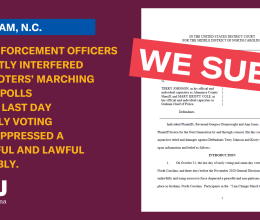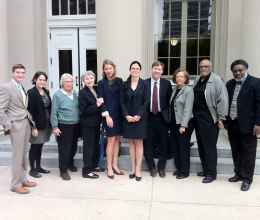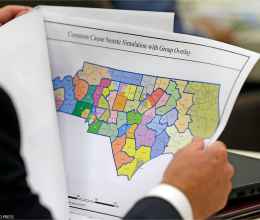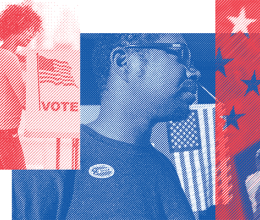
PROPOSED REDISTRICTING PLANS
As lawmakers move quickly to adopt new congressional and state legislative districts, it's important for the public to know what those districts look like. The tools below provide some analysis of the draft maps that are up for consideration. We offer these resources as tools for public education, and the analyses provided therein are not an endorsement of the ACLU of North Carolina. We're sharing information because this is important, and the public should be offered the chance to provide informed feedback about districts that will shape our political landscape for the next decade.
Shared by | Resource | Notes/What to Expect |
| Common Cause | DRA Analysis of NCGA Member Submitted Maps | This page shares analyses of redistricting maps submitted by lawmakers after uploading the maps into Dave’s Redistricting Application (DRA), a free web application built to create, view, analyze and share redistricting maps for all 50 states and the District of Columbia. |
| Princeton Gerrymandering Project | Scored Maps from the Redistricting Report Card | The Princeton Gerrymandering Project does nonpartisan analysis to understand and eliminate partisan gerrymandering at a state-by-state level. The team develops and uses mathematical tests that rigorously diagnose unequal opportunity and unfair outcomes in district maps. |
| Center for Urban Research in partnership with the NC Counts Coalition | Redistricting & You: Redistricting Comparison Tool | This tool enables users to compare existing districts with newly proposed districts. It was created by the Center for Urban Research (CUR) at The Graduate Center of the City University of New York (CUNY) in partnership with the NC Counts Coalition to help members of the public, journalists, elected officials, and other redistricting stakeholders compare and analyze proposed district maps in North Carolina. |
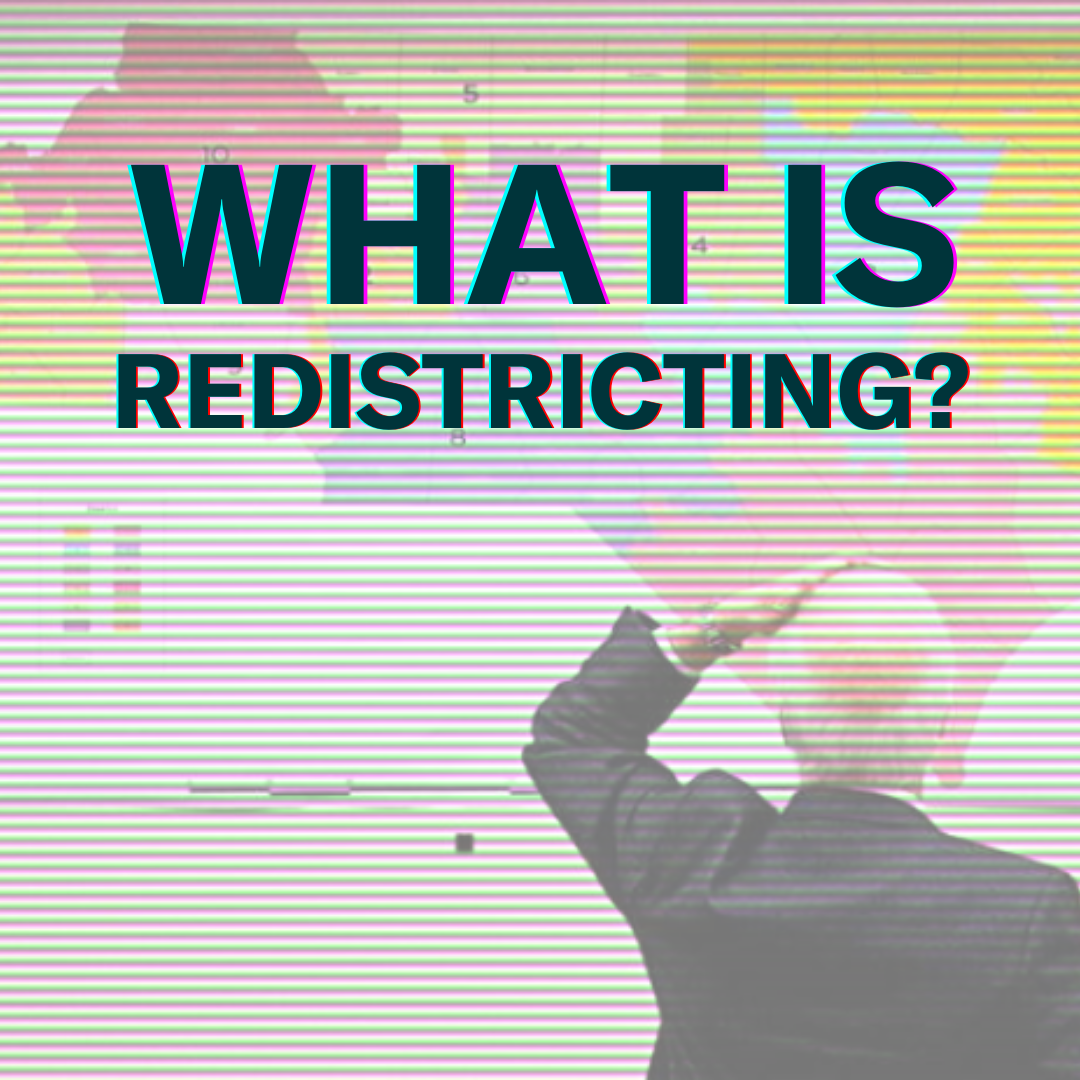 |
|  |
 |  | |
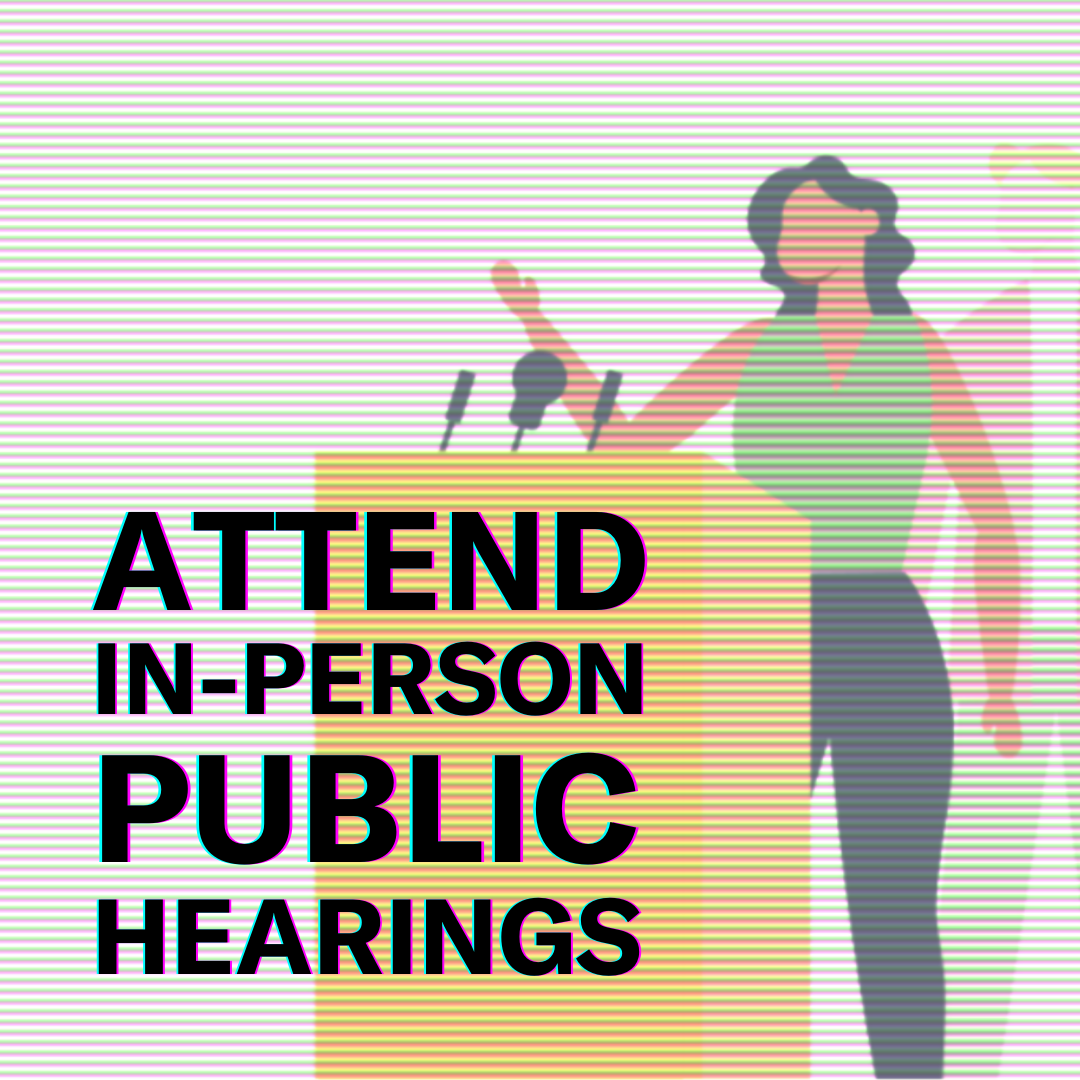 |  |
What is Redistricting?
Redistricting is the process used by governments to redraw political district boundaries. Redistricting applies to all levels of government where district elections are held, including the U.S. House of Representatives, state legislatures, city councils, school boards, county boards, judicial, water districts, and more.
When conducted fairly, redistricting accurately reflects population changes and racial diversity, and is used by legislators to equitably allocate representation in Congress and state legislatures.
However, when politicians use redistricting to manipulate the outcome of elections it’s called gerrymandering — a practice that undermines democracy and stifles the voice of voters. Voters should be picking their politicians, not the other way around. Gerrymandering means politicians are mapping their voters for their benefit.
What are the stakes?
District lines influence who runs for public office and who is elected. Elected leaders make decisions that shape our lives, from ensuring safe schools to enacting immigration policies to nearly any other issue imaginable. Who lives in a district can influence whether elected officials feel obligated to respond to a community’s needs. The district boundaries are in place for the next ten years, and their impacts can last well beyond that.
Why you should get involved?
Redistricting has been used to rob Black and Brown communities of political power. By fully participating in and monitoring the upcoming redistricting process, historically underrepresented and marginalized communities will have the opportunity to elect candidates of their choice and voice their needs and interests. District boundaries are generally drawn once every 10 years, so this process has long-term effects on community representation.
Fair districts allow voters to elect candidates who share their values and vote out ones who do not. In short, it allows your vote to count. In the past, gerrymandering has denied North Carolinians, especially our Black and Brown communities the opportunity to elect candidates of their choice in multiple elections. This voter suppression deprives Black and Brown voters of a voice in our democracy.
It’s important for the public to offer comments now. If lawmakers end up drawing unfair maps, those comments will demonstrate how lawmakers were properly informed but disregarded guidance about what fair maps should look like. We need substantive public comment to hold lawmakers accountable.
Additional Resources
This page contains a compilation of resources and materials related to North Carolina's redistricting process. Most of these materials were created by partner organizations. Below, there are resources to help community members learn more about the redistricting process, offer public comments, and even create maps to share with lawmakers as redistricting options.
Questions or inquiries related to these materials should be sent to communications [@] acluofnc.org.
